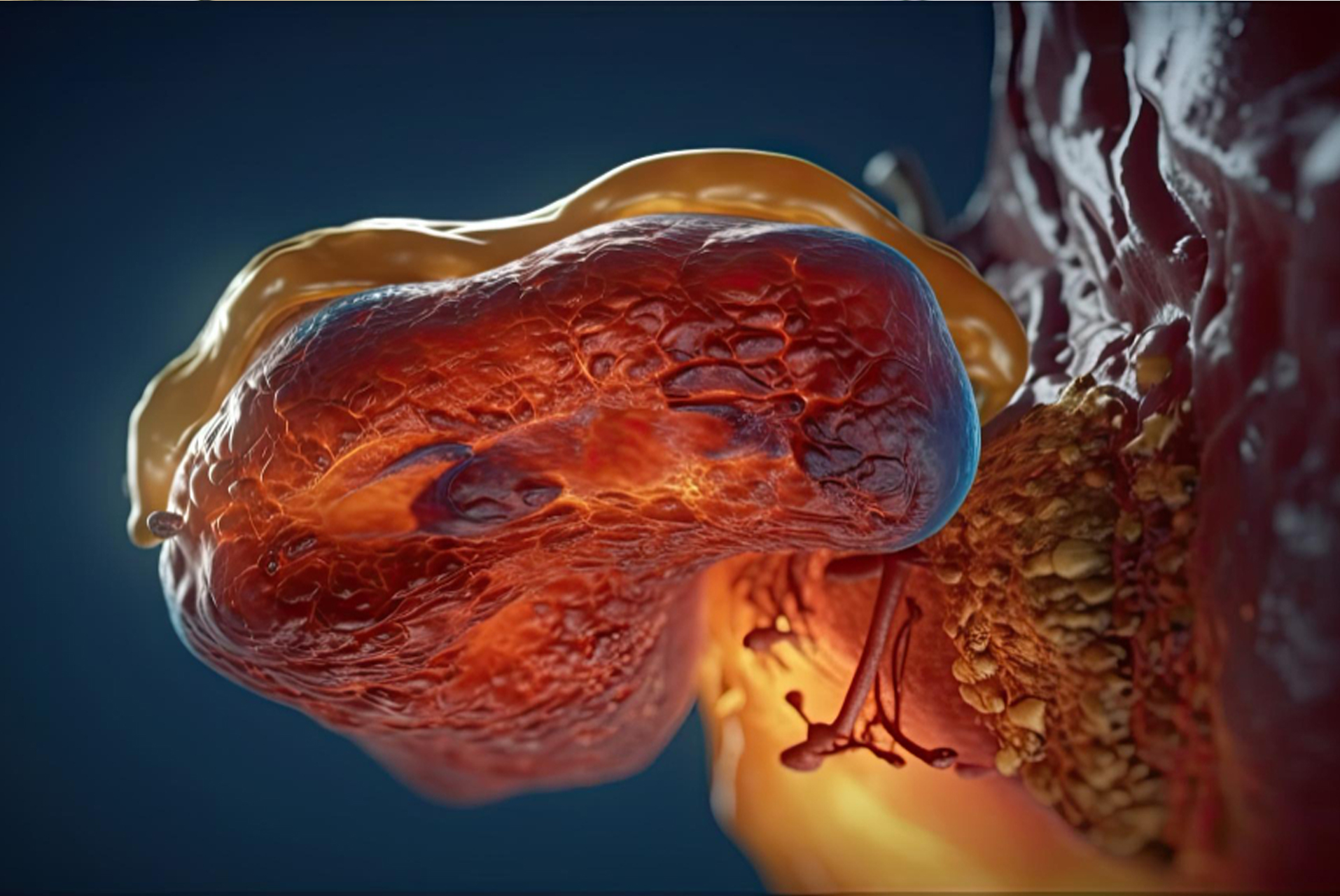
Venous Stasis Ulcers: Understanding and Treating Chronic Lower Leg Wounds
Venous stasis ulcers are a type of chronic wound that develops as a consequence of venous insufficiency, a condition where the veins in the legs struggle to return blood to the heart effectively. These ulcers typically form on the lower legs and can be painful and challenging to treat. An understanding of their causes, prevention, and management is crucial for healthcare providers and individuals affected by this condition.
Causes and Risk Factors:
Venous stasis ulcers are primarily caused by venous insufficiency, which can result from factors such as:
- Valve Dysfunction: When the one-way valves in leg veins malfunction, blood can pool in the lower extremities.
- Deep Vein Thrombosis (DVT): Blood clots in deep veins can damage vein valves and lead to venous insufficiency.
- Obesity: Excess weight can put added pressure on leg veins.
- Pregnancy: Hormonal changes and increased pressure on veins during pregnancy can contribute to venous insufficiency.
- Lack of Movement: Prolonged sitting or standing can hinder blood flow and contribute to the condition.
Characteristics of Venous Stasis Ulcers:
Venous stasis ulcers typically appear on the lower legs, often near the ankles.
- They tend to be irregularly shaped, with shallow or deeper areas of tissue loss.
- The surrounding skin may be discolored, swollen, or have a reddish-brown appearance.
- Patients may experience pain, itching, or a feeling of heaviness in the affected leg.
Prevention:
Preventing venous stasis ulcers is essential, especially for individuals at risk due to venous insufficiency:
- Compression Therapy: Wearing compression stockings or bandages can help improve blood flow.
- Elevating the Legs: Raising the legs above heart level whenever possible can reduce swelling and improve circulation.
- Regular Exercise: Engaging in activities that promote calf muscle movement can assist in blood flow.
- Weight Management: Maintaining a healthy weight can reduce the risk of developing venous insufficiency.